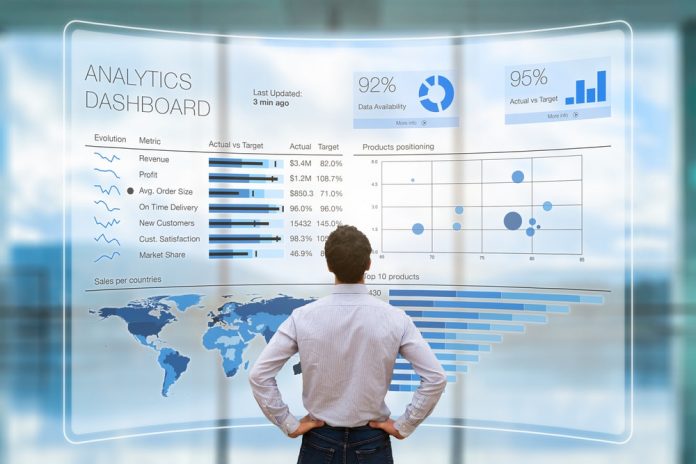By Will Fraser
Here’s some interesting data: only 53 percent of salespeople made their quotas in 2017. A worrying figure, considering salespeople are one of the top three most difficult jobs to fill.
For businesses, the data clearly shows a problem. But data can also show a solution. By tracking and leveraging four different types of data, organizations can overcome these massive sales challenges and start to sell more with fewer salespeople.
Customer behavior data
Customer behavior data refers to things like how many times customers or leads have visited a company’s website, if they have downloaded content or signed up for a trial, and how they respond to a company’s email marketing communications.
Earlier in the sales funnel, this type of data allows companies to identify and focus their sales efforts on individuals with the highest probability of conversion, by showing exactly who is most interested, and perhaps closest to pulling the trigger on a purchase. This knowledge enables companies to proactively contact these prospects to provide their support or answer any questions they might have regarding the product or service.
Later in the sales funnel, customer behavior data sheds insight on which marketing campaigns or sales tactics work best for each customer. This allows companies to tailor their strategies for each individual customer, making each campaign more effective, and thus selling more with fewer salespeople through more targeted marketing.
Product usage data
Product usage data is another type of data that companies with digital products should be sure to track. This refers to data on how often customers log in, how they are using the product, at what point they stop using it, and so on.
On a basic level, this information helps uncover hidden pain points that exist for customers when using a product or service. If a company sees, for example, that customers typically stop using its product at the same point along their journey, it might be able to take steps to improve the product to provide a better customer experience.
However, product usage data can create new sales opportunities for companies as well. More specifically, it can show companies where they have opportunities to sell from inside their products – just like Amazon does with its “frequently bought together” suggestions, or like Expedia does by showing how many others have looked at the same listing in the past 24 hours.
If companies aggregate this product usage data in one place, they can gain visibility over customers’ end-to-end product experience, and use automated in-app selling tools or chat systems to jump in at the perfect moment – say, when a customer is about to abandon a purchase.
Customer support data
Just as product usage data can highlight pain points along the customer journey, so too can customer support data. This refers to data on how often customers are contacting the support team, what their most common complaints are, and any suggestions they may have. Such information is key to finding and removing anything that is impeding conversions or upsales.
It can also teach businesses which customers are most worth their time. Typically, the customers who most often contact support are the ones with the lowest lifetime value. Thus, while businesses should always be sure to address each customer’s concerns, they can know exactly which customers are worth going above and beyond for – and which ones aren’t.
Purchase data
An often overlooked type of data involves purchases. More specifically, the average basket size of customers’ purchases, which products or services are most popular, and how frequently customers make purchases. This data is particularly important because it demonstrates customers’ buying preferences, and in turn, their lifetime values.
Much like customer behavior data, detailed purchase data gives businesses the opportunity to better target their highest value customers with promotions that they’ll be most likely use. Along these same lines, it opens the door for businesses to implement referral programs that can drive long-lasting customer loyalty and new business.
With referral programs, existing customers take care of the sales legwork – especially considering that people are four times more likely to buy when referred by a friend. But with the right incentives, referral programs are a great way to drive sales from these existing customers as well. Purchase data allows companies to better anticipate what offers and incentives would be most attractive to customers based on their unique purchase histories.
Today, there’s more data than ever. There are also more powerful business intelligence and automation tools than ever. So, while the issue of salespeople may persist, the issue of sales doesn’t have to. By tracking these four types of data and investing in the right tools, companies can drive sales – even without salespeople.
Will Fraser is the CEO at SaaSquatch, a loyalty platform for digital services designed to build powerful, profitable and scalable relationships with consumers.
Data stock photo by NicoElNino/Shutterstock







